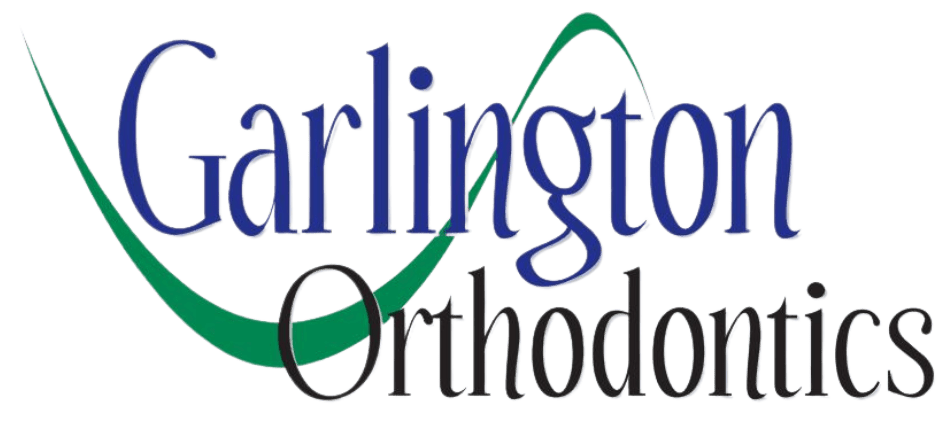A deep bite is a malocclusion where the upper row of front teeth significantly overlaps the lower front teeth when the mouth is closed. This condition, an overbite or closed bite, can affect a person’s ability to speak, breathe, and chew properly. It may even alter their facial structure, making them appear rounder, shorter, or older. We treat this condition and our patients’ other orthodontic concerns in Long Beach, California.

Causes of Deep Bite
Genetics often plays a significant role in causing deep bites, contributing to the misalignment of teeth and jaw. A small lower jaw compared to the upper one could lead to a situation where the upper teeth seem more forward than those below them. Poor dental work and damaged or missing teeth can enhance this appearance.
This can create what we know as a deep bite. In addition to genetic factors, certain habits during childhood can contribute to developing this condition. For example, thumb sucking, pacifier use, and nail-biting can alter your bit. Prolonged bottle feeding could result in poor jaw development, leading to a deep bite later.
The Need for Treating Deep Bites
While cosmetic benefits are certainly part of the reason people seek treatment for deep bites, other health-related reasons make it necessary. Left untreated, deep bites can cause damage at the surface level as well as deeper within. This can damage natural tooth enamel and cause painful ulcers in your mouth due to their unnatural alignment.
Furthermore, patients suffering from untreated deep bites may experience headaches along with pain in their jaws. Eventually, a patient can develop temporomandibular joint disorder (TMD).
Gum disease becomes increasingly common due to its difficult-to-clean nature, potentially leading to tooth loss if left unchecked long enough. One significant side effect seen among patients having this disorder is grinding their teeth. However, aligning your bite will allow you to see a noticeable change. Correcting deep bites will improve your bite’s function and restore aesthetics to your smile. As a result, you can gain self-confidence in the process.
Treatment Options for Deep Bite
Early treatment can significantly reduce risks associated with tooth and jaw damage caused by a progressing deep bite. Comprehensive treatment plans often involve aligning teeth and jaws, which may require multiple phases. A two-phase orthodontic treatment is one such option. During the first phase, we will use braces or other appliances to reposition and align teeth. The second phase focuses on fixing and maintaining this corrected alignment after an interim period.
Invisalign, another effective method, uses clear, removable aligners that apply controlled force over time. This helps shift upper and lower teeth into correct alignment and correct deep bites gradually. Regular adjustments ensure this correction takes place, simultaneously improving dental function and aesthetic appeal.
Traditional braces are also a common solution for treating deep bites. This method uses metal brackets connected through wires to apply consistent pressure on teeth. Over time, this slowly shifts them to achieve proper alignment. Periodic adjustments will help effectively correct deep bites.
